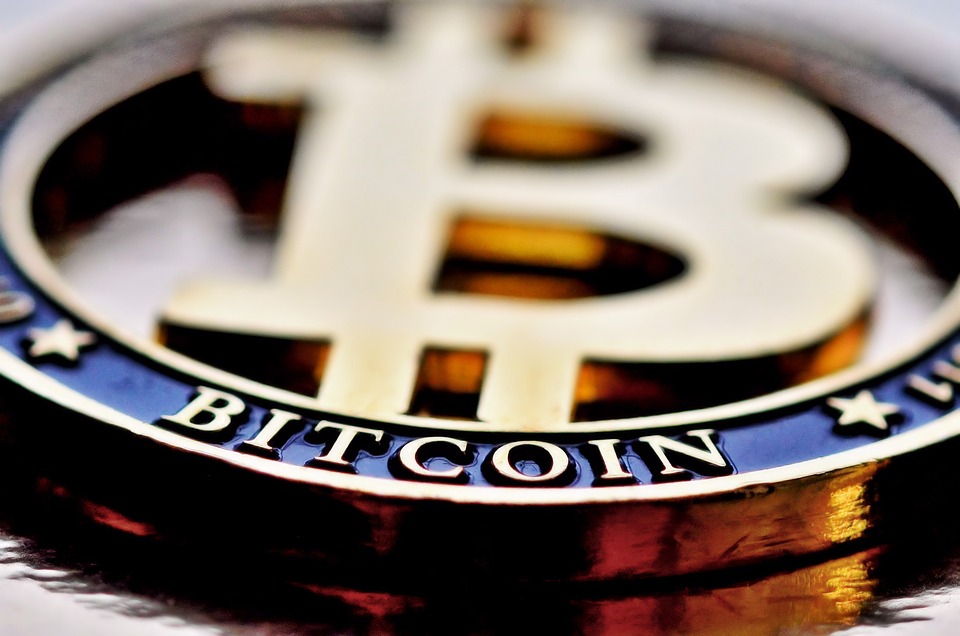The Rise of DeFi: How Decentralized Finance is Redefining the Crypto Landscape
The decentralized finance (DeFi) space has been experiencing unprecedented growth in recent years, with a surge in adoption and innovation that is redefining the cryptocurrency landscape. DeFi, also known as decentralized finance, refers to financial services and applications that operate on blockchain technology, without the need for intermediaries or central authorities. In this article, we’ll explore the rise of DeFi, its key components, and its potential to transform the financial industry.
What is DeFi?
DeFi is built on the principles of decentralized networks, where transactions are recorded on a public ledger called a blockchain. This decentralized architecture allows for peer-to-peer interactions, eliminating the need for intermediaries, such as banks, brokerages, or asset managers. DeFi protocols and applications are designed to be open-source, transparent, and permissionless, allowing anyone to participate and contribute to the network.
Key Components of DeFi
DeFi encompasses a wide range of financial services and applications, including:
- Lending and Borrowing: Platforms like Compound, Aave, and dYdX enable users to lend and borrow cryptocurrencies, such as Ethereum (ETH) or USD Coin (USDC), at interest rates determined by the market.
- Decentralized Exchanges (DEXs): DEXs like Uniswap, SushiSwap, and Curve Protocol allow users to trade cryptocurrencies without intermediaries, using automated market makers (AMMs) to facilitate transactions.
- Stablecoins: Stablecoins, such as Tether (USDT) and Dai (DAI), are pegged to the value of a fiat currency, providing a stable store of value and a medium of exchange for decentralized applications.
- Decentralized Oracles: Oracles like Chainlink and Compound’s Price Feeds provide real-world data, such as prices and market indices, to DeFi applications, enabling them to make informed decisions.
- Governance and Risk Management: DeFi platforms often employ governance models, such as token-based voting, to manage risk and make decisions on the direction of the project.
The Rise of DeFi
DeFi has experienced significant growth in recent years, driven by advancements in blockchain technology, the increasing adoption of cryptocurrencies, and the desire for decentralized and transparent financial services. Key metrics that illustrate the rise of DeFi include:
- Total Value Locked (TVL): The TVL of DeFi protocols has grown from around $1 billion in early 2020 to over $10 billion today, with many protocols exceeding $1 billion in TVL.
- User Adoption: The number of users participating in DeFi protocols has increased significantly, with some platforms attracting millions of users.
- Innovation: DeFi has given rise to a new wave of innovation, with new protocols and applications being developed to address specific financial use cases.
Impact on the Crypto Landscape
The rise of DeFi has significant implications for the crypto landscape, including:
- Increased Adoption: DeFi’s focus on financial services and applications has the potential to attract new users to the cryptocurrency space.
- Improved Scalability: DeFi protocols and applications are driving innovation in blockchain scalability, with many projects working to improve the speed and efficiency of transactions.
- Competition and Fragmentation: The growth of DeFi has led to increased competition and fragmentation in the market, with multiple protocols and applications vying for users’ attention.
- Regulatory Scrutiny: DeFi’s growth has also attracted regulatory attention, with many jurisdictions beginning to develop guidelines and frameworks for the industry.
Conclusion
The rise of DeFi is transforming the cryptocurrency landscape, with a focus on decentralized financial services and applications. While there are challenges to be addressed, the potential benefits of DeFi are significant, including increased adoption, improved scalability, and the creation of new financial opportunities. As the DeFi space continues to evolve, it will be important for regulators, investors, and users to stay informed and adapt to the changing landscape.
